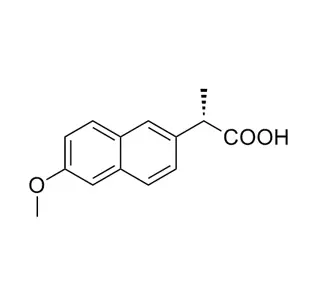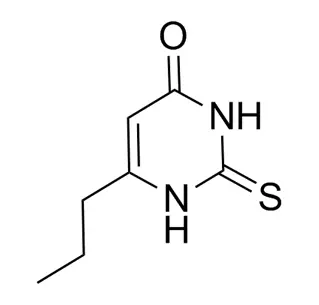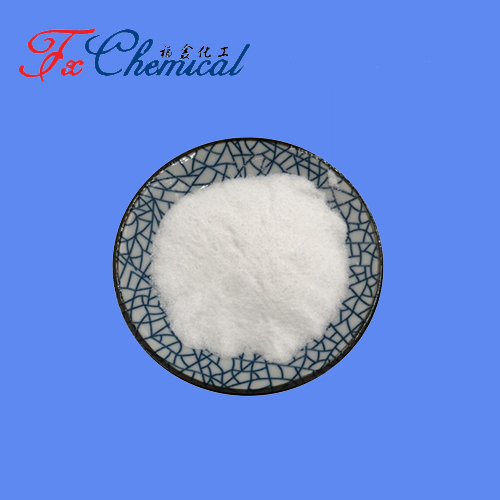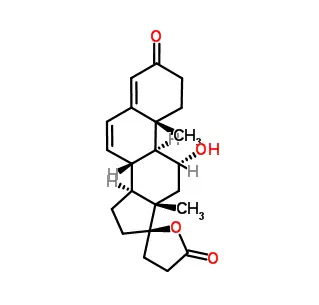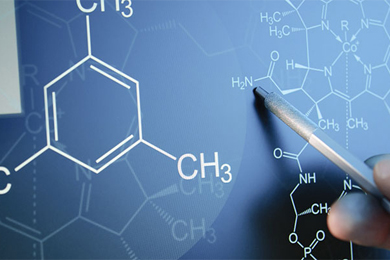
Search

Search

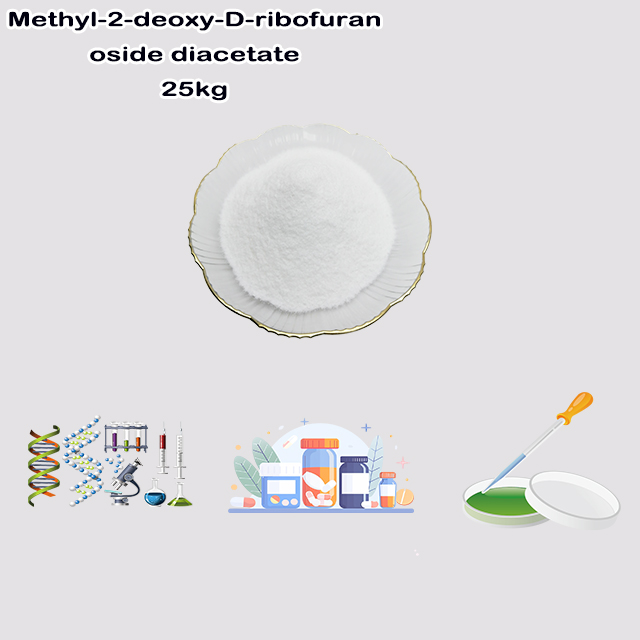
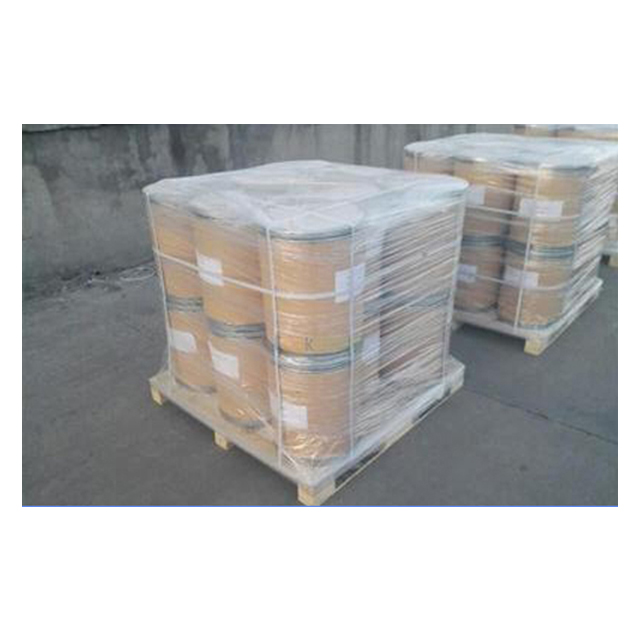
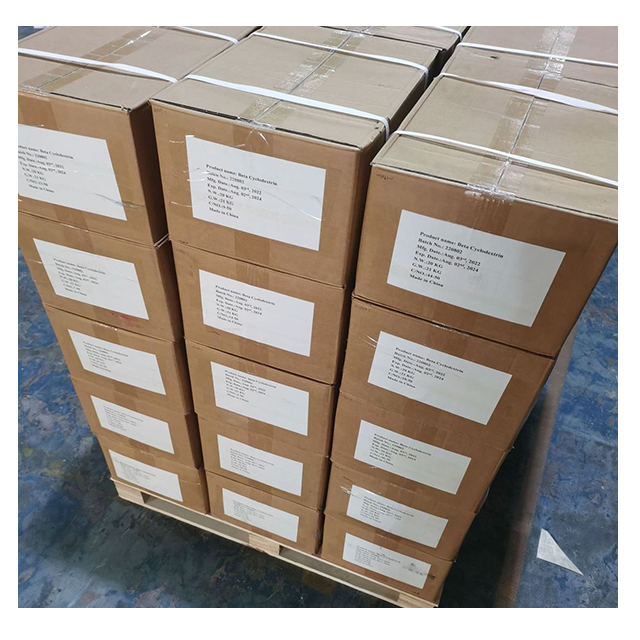
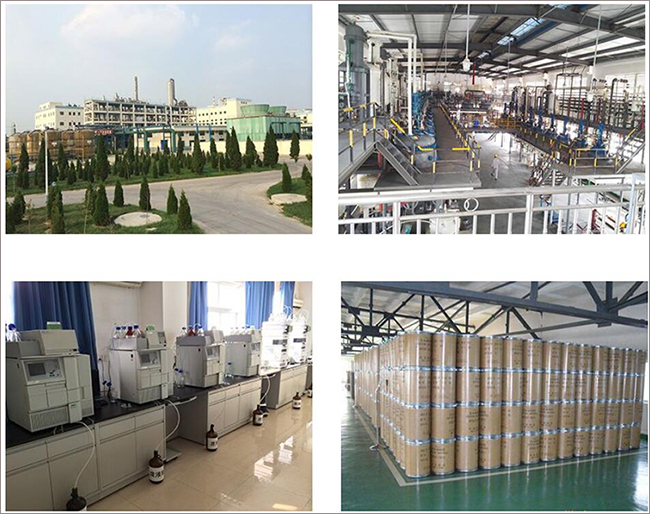






Methyl-2-deoxy-D-ribofuranoside diacetate is a chemically modified sugar derivative derived from 2-deoxy-D-ribose, a DNA backbone component. Its structure features a furanose ring with a methyl group (-OCH₃) at the C1 position (protecting the glycosidic bond) and acetyl groups (-OAc) at C3 and C5 (shielding hydroxyls). This compound acts as a key synthetic intermediate in pharmaceuticals, particularly for nucleoside analogs (e.g., antiviral/anticancer drugs like gemcitabine). Its acetyl and methyl groups enhance stability and enable selective reactions in organic synthesis. Used in drug development, enzyme studies, and carbohydrate chemistry, it simplifies the controlled assembly of DNA-like molecules or bioactive glycoconjugates.
Methyl-2-deoxy-D-ribofuranoside diacetate is a chemically modified derivative of 2-deoxy-D-ribose, a sugar central to DNA structure. Below is a detailed description of its properties and applications:
Core framework: A furanose ring (5-membered oxygen-containing ring) derived from D-ribose, with the hydroxyl group (-OH) at the C2 position replaced by hydrogen (hence "2-deoxy").
Substituents:
C1 position: Protected by a methyl group (-OCH₃) as a glycosidic bond.
C3 and C5 positions: Acetyl groups (-OAc) acting as hydroxyl-protecting groups.
Molecular formula: Typically C₁₀H₁₆O₆ (may vary slightly depending on synthesis).
Stereochemistry: Retains the D-configuration of natural ribose.
Protective groups:
The methyl group stabilizes the glycosidic bond at C1, preventing unwanted reactivity.
Acetyl groups shield hydroxyls at C3 and C5, enabling selective functionalization in subsequent reactions.
Solubility: Soluble in organic solvents (e.g., dichloromethane, THF) but poorly soluble in water.
Stability: Enhanced resistance to acidic/basic conditions and oxidation due to acetyl protection.
Starting material: Derived from 2-deoxy-D-ribose.
Key steps:
Methyl glycosidation: Reaction with methanol under acidic conditions (e.g., HCl) to form the methyl glycoside at C1.
Acetylation: Selective protection of hydroxyl groups at C3 and C5 using acetic anhydride (Ac₂O) or acetyl chloride (AcCl).
Pharmaceutical intermediates:
Serves as a building block for nucleoside analogs (e.g., antiviral agents like acyclovir or anticancer drugs like gemcitabine).
Used in prodrug design, where acetyl groups are enzymatically cleaved to release active hydroxyl groups.
Organic synthesis:
A model compound for hydroxy protection strategies in carbohydrate chemistry.
Facilitates glycosylation reactions to construct complex glycans or modified sugars.
Biochemical research:
Acts as a substrate or inhibitor for enzymes like glycosidases or kinases.
Used to study nucleic acid metabolism or develop molecular probes.
Acetyl removal: Achieved via alkaline hydrolysis (e.g., NH₃/MeOH) or enzymatic cleavage.
Glycosidic bond cleavage: Acidic conditions (e.g., trifluoroacetic acid) can break the methyl glycoside to regenerate free hydroxyls for further modifications.
Anticancer drug synthesis: Key intermediate in producing gemcitabine, a chemotherapy agent targeting DNA replication.
DNA analog development: Used to synthesize modified deoxyribonucleotides for gene editing tools or molecular diagnostics.
For precise structural data, synthesis protocols, or literature references, consult specialized databases like SciFinder or Reaxys.
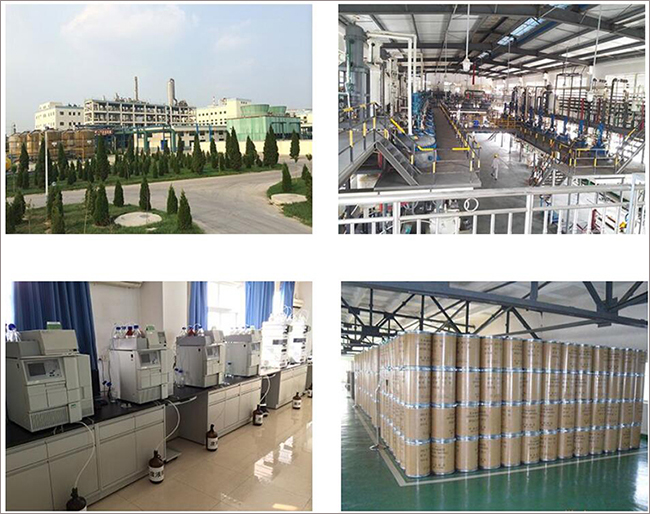



Fortunachem Provides Not Only Professional Chemical Products But Also Professional Help
Keeping you up-to-date with all the latest information, news, and events about Fortunachem!

Quick Links
Add:
E-mail:
 English
English  Español
Español  français
français  العربية
العربية 